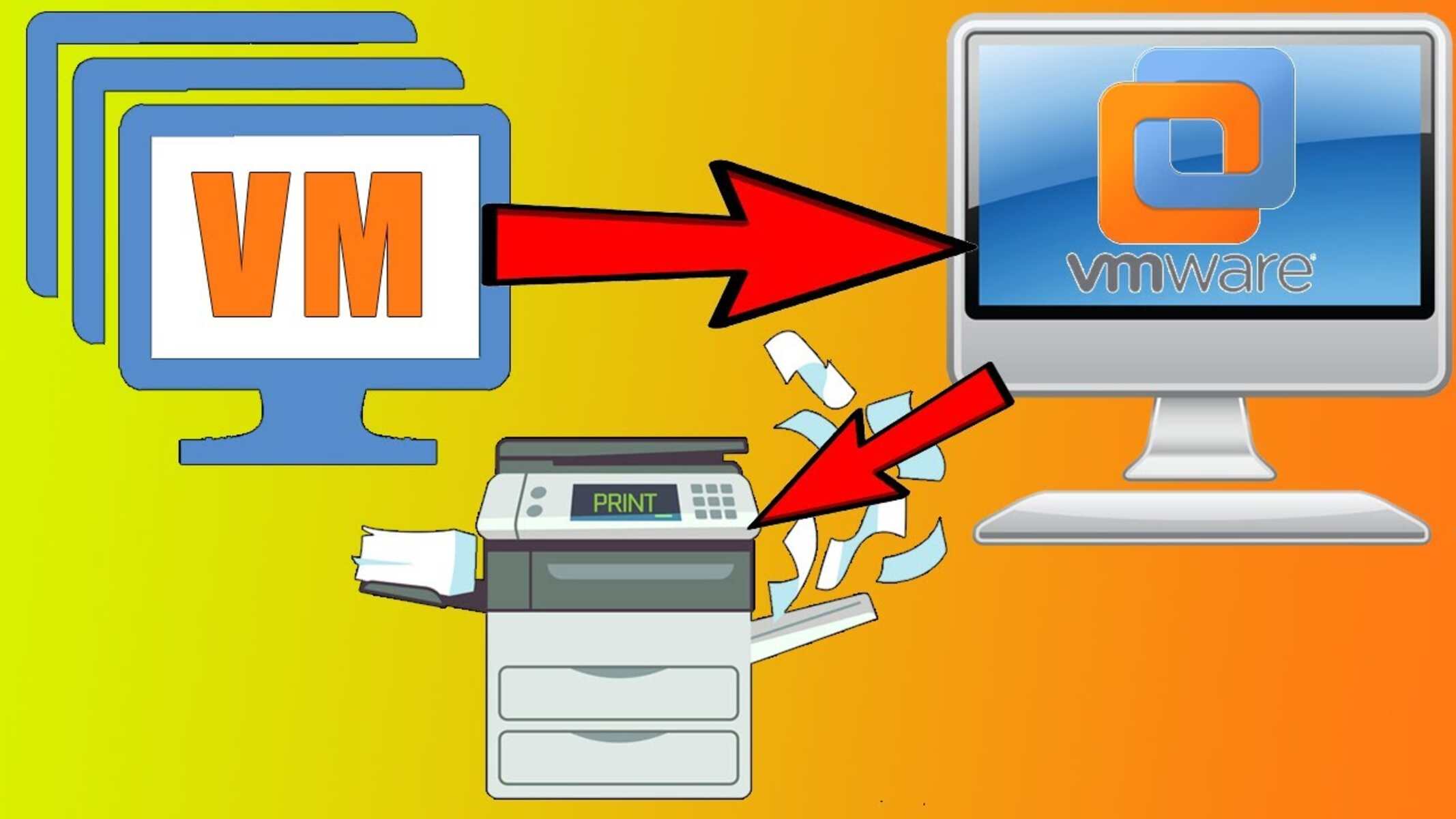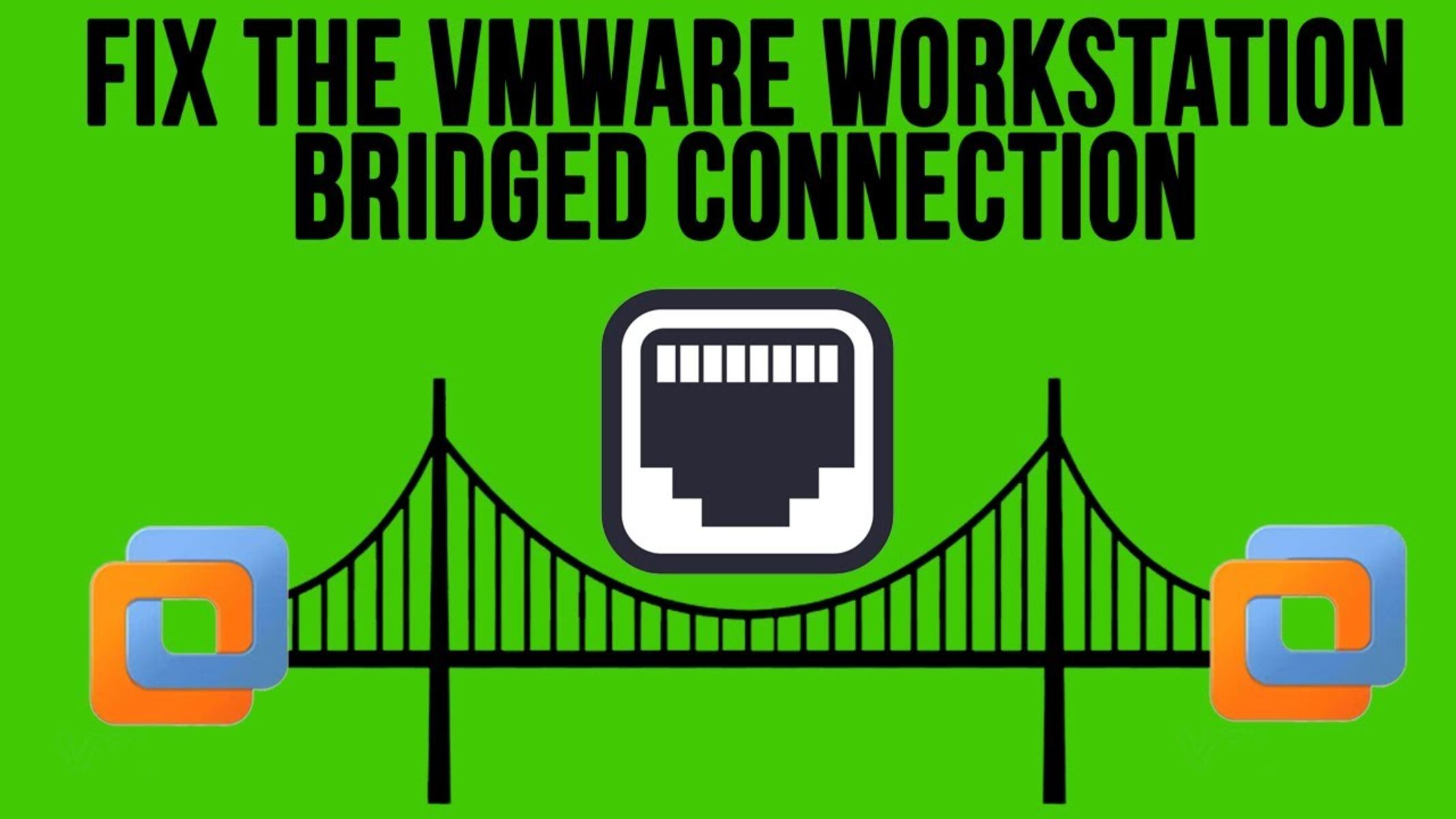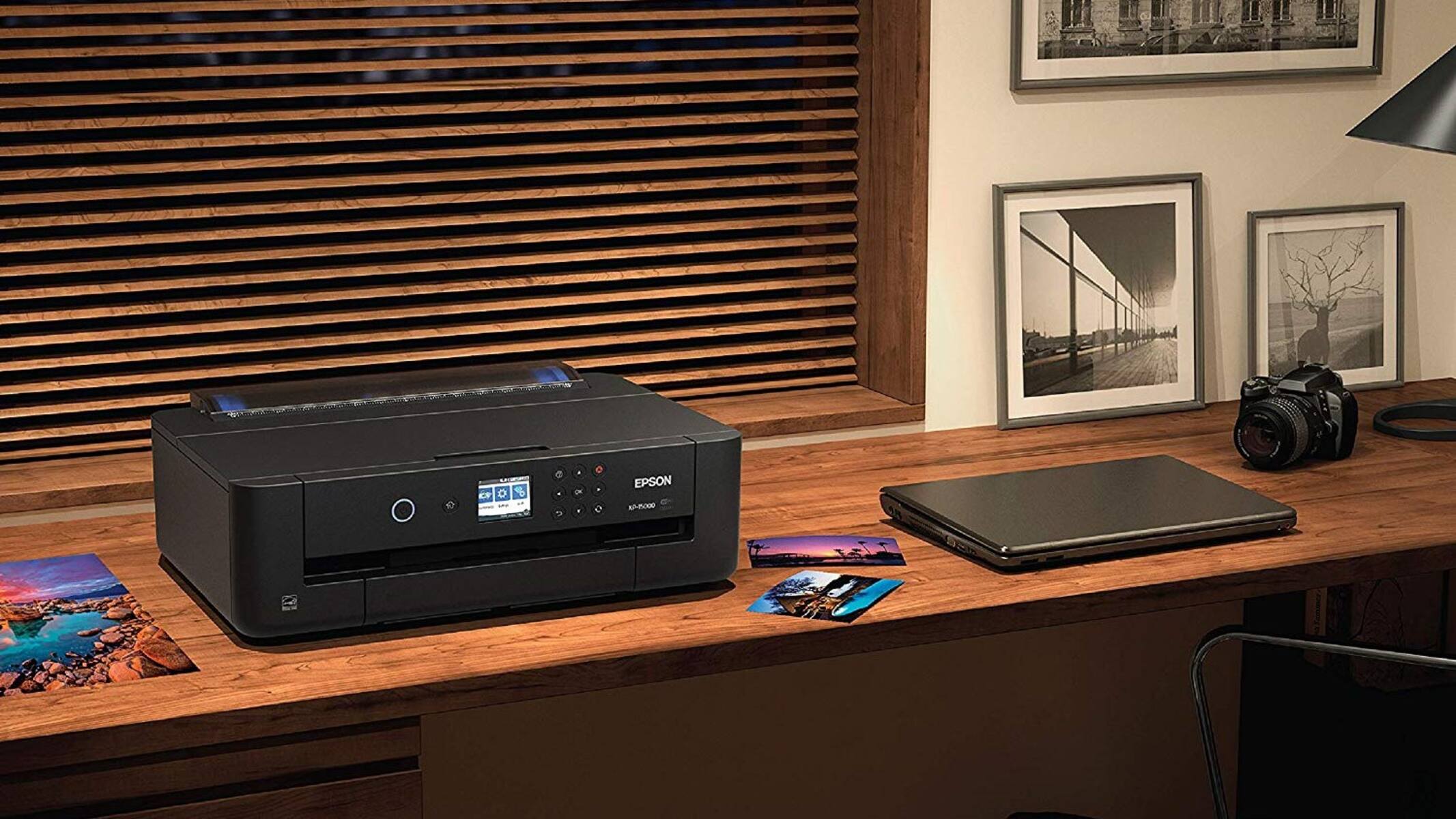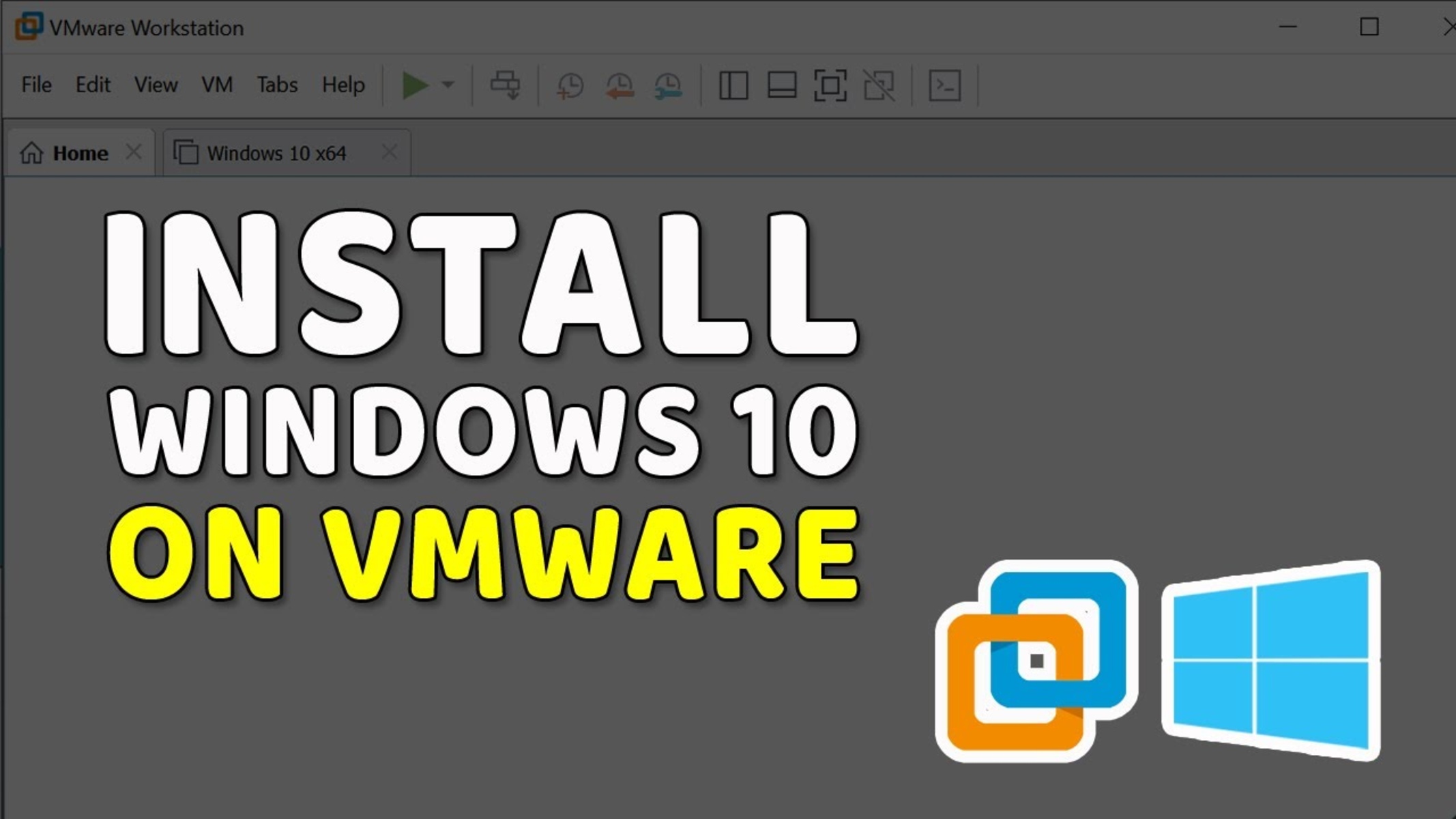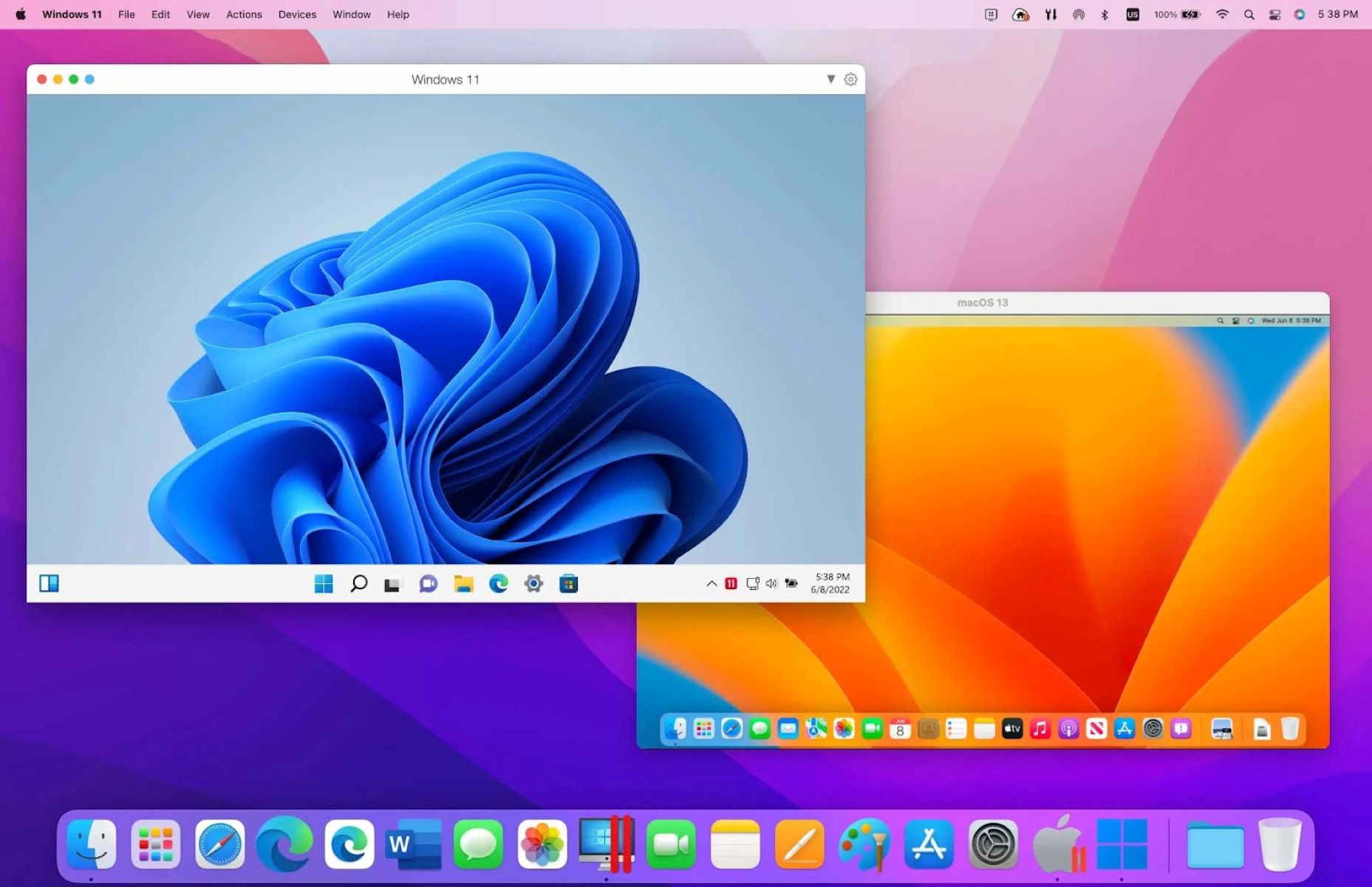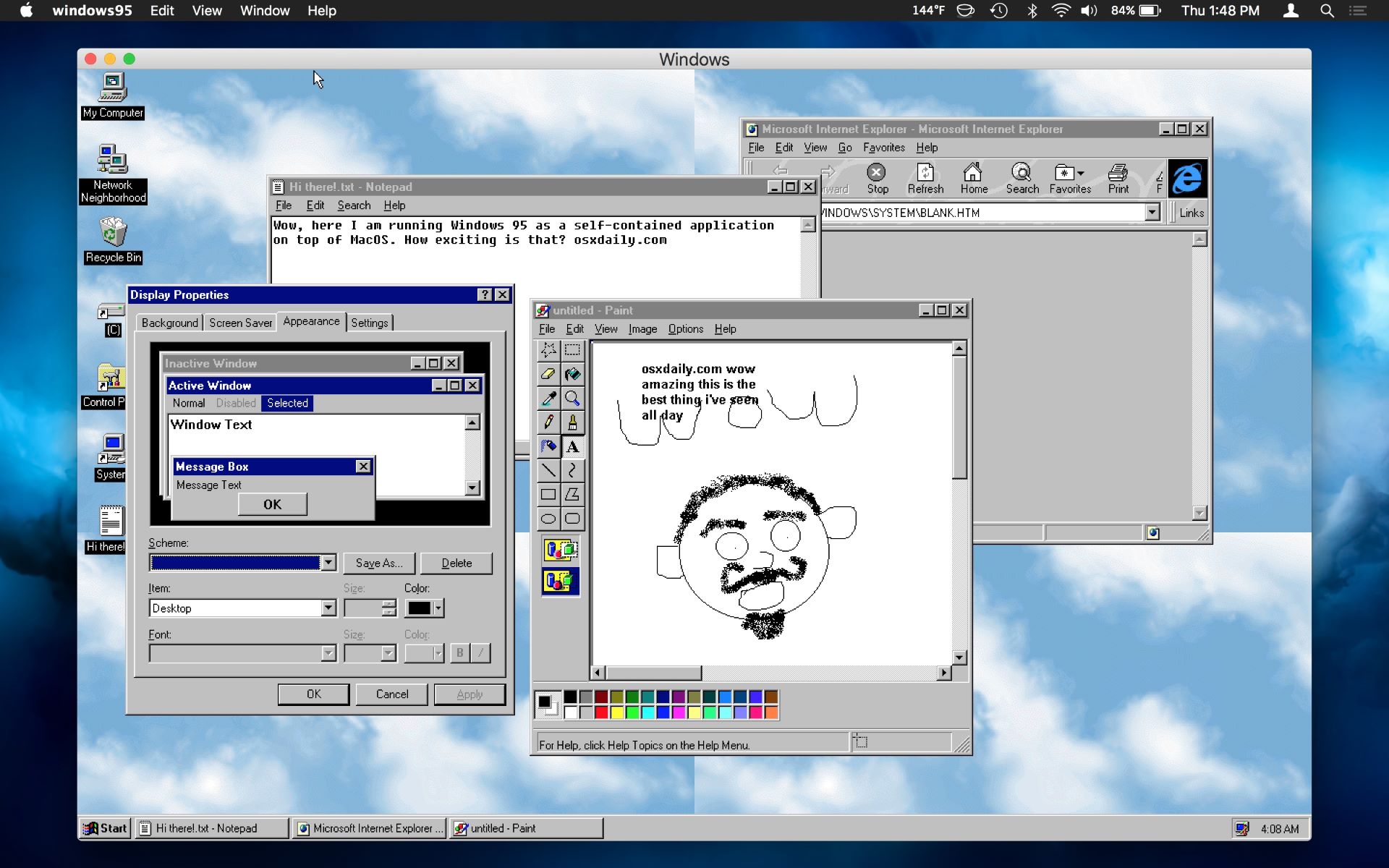Introduction
VMware Workstation is a powerful virtualization tool that allows users to run multiple operating systems simultaneously on a single machine. One of the key features of VMware Workstation is the ability to enable a virtual printer, which allows you to print documents from your virtual machines to your physical printer.
Enabling the virtual printer feature in VMware Workstation can be incredibly useful, especially when you need to print files directly from your virtual machine without the need to transfer them to the host machine first. This feature makes it convenient to print documents, images, and other files from within your virtual environment, saving you time and effort.
In this article, we will guide you through the step-by-step process of enabling the virtual printer in VMware Workstation. Whether you are a beginner or an advanced user, this guide will help you take full advantage of this feature and enhance your virtual machine experience.
We will explain how to navigate through the VMware Workstation interface to find the virtual machine settings, where you can enable the virtual printer. Additionally, we will walk you through the process of configuring the virtual printer settings to ensure optimal printing results.
By the end of this guide, you will be able to print directly from your virtual machine and seamlessly integrate your virtual and physical environments.
Step 1: Opening VMware Workstation
The first step in enabling the virtual printer feature in VMware Workstation is to open the application. If you have already installed VMware Workstation on your computer, you can find it in your applications or programs menu. Simply click on the VMware Workstation icon to launch the program.
Once the program is open, you will be greeted with the VMware Workstation interface. The interface provides a user-friendly environment where you can manage your virtual machines and configure various settings.
If you are new to VMware Workstation and this is your first time using it, don’t worry! The interface is intuitive and easy to navigate. You will quickly become familiar with the different features and options available.
When you open VMware Workstation, you will see a list of your virtual machines displayed in the left panel of the interface. This is where you can access and manage your virtual machines. In the center panel, you will find information about the selected virtual machine, including its name, operating system, and current status.
To proceed with enabling the virtual printer, ensure that the virtual machine you want to enable the printer for is powered off or in a suspended state. You cannot modify the virtual machine settings while it is running.
By following these simple steps, you will be ready to navigate to the virtual machine settings and enable the virtual printer feature in VMware Workstation. Let’s move on to the next step and continue the process.
Step 2: Navigating to Virtual Machine Settings
Now that VMware Workstation is open, and you have selected the virtual machine for which you want to enable the virtual printer, it’s time to navigate to the virtual machine settings where you can configure various options.
To access the virtual machine settings, follow these steps:
- Make sure the virtual machine is selected in the left panel of the VMware Workstation interface. You can click on it to highlight it.
- Go to the menu at the top of the interface and click on “VM.” A dropdown menu will appear.
- In the dropdown menu, select “Settings.” This will open the settings dialog box for the selected virtual machine.
Alternatively, you can right-click on the virtual machine’s name in the left panel and select “Settings” from the context menu that appears.
Once you have clicked on “Settings,” a new window will open displaying the various settings for the virtual machine. Here, you can configure options related to hardware, virtual machine behavior, and more.
In the left panel of the settings window, you will see a list of categories such as “Hardware,” “Options,” “Advanced,” and more. These categories contain the specific settings that you can modify for the virtual machine.
To enable the virtual printer, we will need to explore the “Hardware” category, as the printer is considered a hardware component of the virtual machine.
Click on the “Hardware” category in the left panel to expand its options. You will see a list of different hardware devices that can be configured for the virtual machine.
Now that we have successfully navigated to the virtual machine settings, we are one step closer to enabling the virtual printer feature. The next step will guide you on how to enable the virtual printer itself. Let’s proceed.
Step 3: Enabling Virtual Printer
Enabling the virtual printer in VMware Workstation allows you to connect your virtual machine with your physical printer, providing you with the ability to print directly from your virtual environment.
To enable the virtual printer, follow these steps:
- In the settings window of the virtual machine, navigate to the “Hardware” category, as mentioned in the previous step.
- Under the “Hardware” category, you will see a list of hardware devices that can be added or configured for the virtual machine.
- Scroll down the list and locate the “Printers” option. Click on it to highlight it.
- On the right side of the settings window, you will find the configuration options for the selected hardware device. In this case, the printer.
- Check the “Enable Printer” box to enable the virtual printer feature. This will establish a connection between your virtual machine and the physical printer.
By enabling the virtual printer, you give your virtual machine the capability to send print jobs to your physical printer as if it were directly connected to it. This eliminates the need to transfer files between your virtual environment and the host machine for printing purposes.
Once you have checked the “Enable Printer” box, you can proceed to configure the settings for the virtual printer, such as the printer name, paper size, and paper type. These settings will ensure that the virtual machine communicates properly with the physical printer.
Now that you have successfully enabled the virtual printer in VMware Workstation, you are ready to configure the virtual printer settings. In the next step, we will explore how to customize the settings for optimal printing results. Let’s move on.
Step 4: Configuring Virtual Printer Settings
After enabling the virtual printer in VMware Workstation, it’s important to configure the settings to ensure optimal printing results and compatibility with your physical printer. The virtual printer settings allow you to customize aspects such as printer name, paper size, and paper type.
To configure the virtual printer settings, follow these steps:
- In the settings window of the virtual machine, locate the “Printers” option under the “Hardware” category.
- With the “Printers” option selected, you will see the configuration options displayed on the right side of the settings window.
- Click on the “Add” button to add a printer to the virtual machine. A new dialog box will appear.
- In the dialog box, you can specify the printer name that will be displayed in the virtual machine when selecting a printer.
- Select the desired paper size and paper type options that match the settings of your physical printer. This ensures that the virtual machine’s print jobs are formatted correctly for the physical printer.
- Click “OK” to save the settings and close the dialog box.
By configuring the virtual printer settings, you define how the virtual machine communicates with the physical printer. This includes specifying the appropriate paper size and type for accurate printing and selecting a meaningful printer name for easy identification within the virtual environment.
It is important to note that the available printer settings may vary depending on the capabilities of your physical printer. It is recommended to consult your printer’s documentation or manufacturer’s website for specific details on supported paper sizes and types.
With the virtual printer settings properly configured, you are now ready to test the virtual printer and start printing from your virtual machine. The next step will guide you on how to test the virtual printer and provide some tips for using it effectively. Let’s continue.
Step 5: Testing and Using the Virtual Printer
Now that you have enabled and configured the virtual printer in VMware Workstation, it’s time to test it and start enjoying the convenience of printing directly from your virtual machine.
Follow these steps to test and use the virtual printer:
- Ensure that your physical printer is connected and powered on.
- Start or resume your virtual machine in VMware Workstation.
- Open a document or file within the virtual machine that you want to print.
- Go to the application’s print menu and select the virtual printer as the printing device.
- Choose the desired print settings, such as the number of copies, orientation, and color options.
- Click on the “Print” button to send the print job to the virtual printer.
The virtual printer will then communicate with your physical printer and initiate the printing process. You can monitor the print progress from within the virtual machine or on the physical printer itself.
It’s important to remember that the virtual printer behaves like any other printer connected to your computer. This means that the virtual machine must have the necessary printer drivers installed to ensure compatibility and proper printing. If your virtual machine does not have the required printer drivers, you may need to install them before you can use the virtual printer.
Additionally, keep in mind that network printers may require additional configuration to work correctly with the virtual printer. Consult your local IT team or the printer’s manufacturer for guidance on setting up network printers with virtual machines.
Now that you have successfully tested and used the virtual printer, you can enjoy the convenience of seamless printing from your virtual machine. Whether you need to print documents, images, or any other files, the virtual printer feature in VMware Workstation provides an efficient solution without the need for file transfers or complex setups.
With this final step, you have completed the process of enabling, configuring, and using the virtual printer in VMware Workstation. You are now ready to efficiently print from your virtual machines and integrate your virtual and physical environments.
Conclusion
Enabling the virtual printer feature in VMware Workstation opens up a world of possibilities for seamlessly printing from your virtual machines. It eliminates the need for file transfers between the virtual and host machines, streamlining your workflow and improving efficiency. Whether you need to print documents, images, or any other files, the virtual printer provides a convenient solution.
In this article, we walked through the step-by-step process of enabling the virtual printer in VMware Workstation. We started by opening the application and navigating to the virtual machine settings. From there, we enabled the virtual printer and configured its settings to match those of the physical printer. Finally, we tested and used the virtual printer to print directly from the virtual machine.
By following these steps, you can seamlessly integrate your virtual and physical environments, making it easier to complete tasks and collaborate across different operating systems. The virtual printer feature in VMware Workstation enhances your virtual machine experience by providing a simple and efficient way to print without compromising on functionality.
Always remember to ensure that your physical printer is connected and powered on before attempting to print from your virtual machine. Additionally, make sure that the necessary printer drivers are installed on the virtual machine for proper compatibility and printing.
With the virtual printer feature in VMware Workstation, you can experience the benefits of virtualization without sacrificing the functionality of your physical printer. Whether you are a beginner or an advanced user, the ability to print directly from your virtual environment will undoubtedly enhance your productivity and simplify your workflow.
Now that you have successfully enabled and used the virtual printer, explore other features and capabilities offered by VMware Workstation to further enhance your virtual machine experience. Embrace the power of virtualization and make the most out of your virtual machines with VMware Workstation’s advanced functionalities.
Start enjoying the convenience of printing directly from your virtual machines and take advantage of the seamless integration between your virtual and physical environments.







